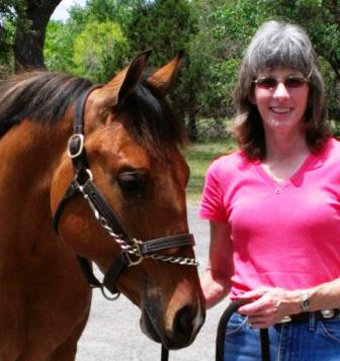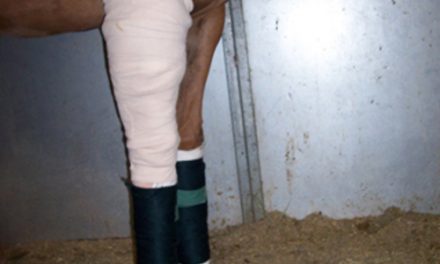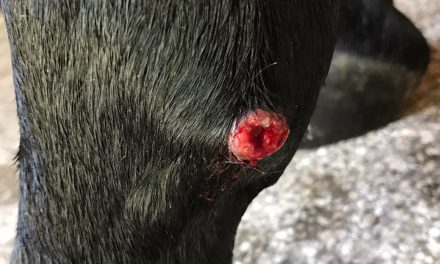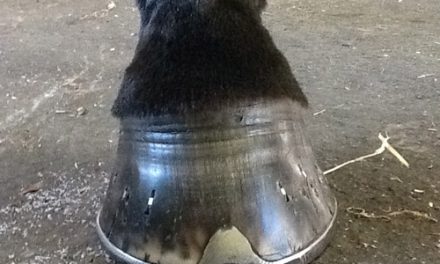It’s a common rural sight – horses and cattle pastured together and serenely grazing.
Sharing grass may be fine, but what about grain?
The goal when feeding cattle is to maximize rate of gain and keep the animal healthy – while keeping costs down. To achieve this, additives are used; one is deadly to horses.
Monensin, brand name Rumensin, is used in some cattle feeds to prevent coccidiosis (a disease caused by a microscopic parasite), improve feed efficiency, increase weight gain and aid in milk production. It can also be in supplement blocks. Monensin is fatal to horses, other equids (donkeys, mules, etc.), guinea fowl and dogs.
As little as two (2) milligrams of monensin per kilogram (2.2 lbs.) of body weight is toxic to horses. A 1,100 pound horse (500 kg.) would die if it ate 0.035 ounces (1,000 mgs.) of monensin. A small paper clip weighs about 1,000 milligrams (1 gram). It doesn’t take much to kill a horse.
Symptoms of monensin poisoning in the horse are: colic, muscle stiffness, sweating, staggering, labored breathing and a severely accelerated heart rate. These are symptoms of many other equine diseases so identifying the poisoning can be difficult. Blood and urine tests can pinpoint the problem.
Monensin damages the equine heart and muscles. If a toxic level was eaten the horse can die a horrible death within several hours. Some may linger for days. Others may seem to recover only to die several weeks or months later of congestive heart failure.
Small amounts of monensin may not kill the horse, but can cause irreparable heart damage – leading to loss of a long productive life.
There is no antidote for monensin poisoning. Supportive care by the veterinarian is all that can be offered.
Reputable feed companies are aware of the danger and strive to keep horse feed and cattle feed production lines separate.
Cross-contamination is a big concern when manufacturing feeds. Flushing the elevator lines, grinders and mixers before running horse feed is imperative if the company manufactures livestock feed with monensin. Reusing feed bags should be avoided.
Check with the manufacturer and ask if they use monensin at the facility where your horse feed is processed.
The horses at most risk are those on cattle ranches or feed lots. If you raise cattle or set out supplement feed tubs, check the label. Some poultry feeds also use monensin, check that label also.
Don’t feed your horse like a cow…it could be fatal.






